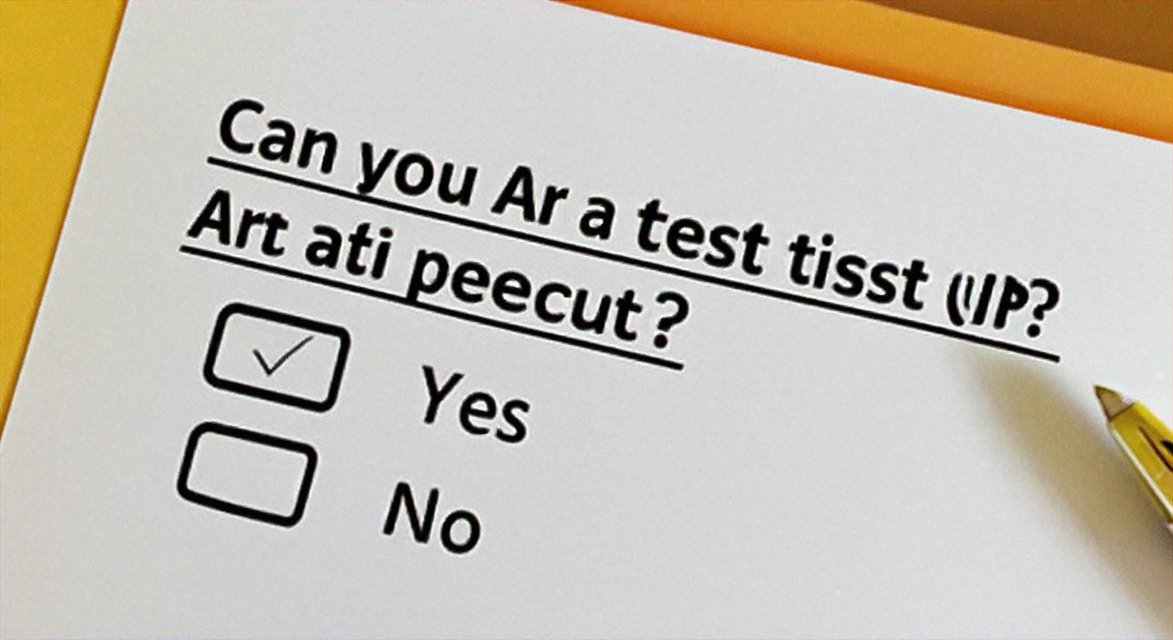How to Perform Effective QA Testing on APIs: A Comprehensive Guide 🌐

Understanding the Importance of QA Testing on APIs
Quality Assurance (QA) testing is a crucial aspect of the software development lifecycle, especially when it comes to APIs. APIs (Application Programming Interfaces) are the backbone of modern applications, enabling different software systems to communicate and interact with each other. Ensuring that these APIs function correctly and efficiently is essential for the smooth operation of any application. 🚀
What is QA Testing?
QA testing is the process of evaluating a product or service to ensure it meets the required quality standards. In the context of APIs, QA testing involves verifying that the API functions as intended, is secure, and performs well under various conditions. This testing is essential to identify and fix any issues before the API is released to the public.
Step-by-Step Guide to QA Testing APIs
1. Define Test Objectives
Before you start testing, it's essential to define clear objectives. What are you trying to achieve with this test? Are you looking for performance bottlenecks, security vulnerabilities, or functional issues? Defining your objectives will help you create a focused and effective testing strategy.
2. Choose the Right Tools
Selecting the right tools for QA testing is crucial. There are numerous tools available, such as Postman, SoapUI, and JMeter, each with its unique features and capabilities. Choose a tool that aligns with your testing objectives and expertise.
3. Design Test Cases
Once you have your objectives and tools in place, it's time to design test cases. Test cases should cover various aspects of the API, including functionality, performance, security, and usability. Ensure that your test cases are comprehensive and cover all possible scenarios.
4. Execute Test Cases
With your test cases ready, it's time to execute them. This step involves running the tests and collecting data on the API's performance and behavior. Pay close attention to any errors or unexpected behavior during this phase.
5. Analyze Test Results
After executing the test cases, analyze the results. Look for any patterns or trends in the data, and identify any issues that need to be addressed. This step is crucial for understanding the API's performance and identifying areas for improvement.
6. Fix Issues and Retest
Once you've identified any issues, work with your development team to fix them. After the fixes are implemented, retest the API to ensure that the issues have been resolved.
Best Practices for QA Testing APIs
1. Test Early and Often
Testing should be an ongoing process throughout the development lifecycle. By testing early and often, you can catch and fix issues before they become more significant problems.
2. Automate Your Tests
Automating your tests can save time and resources. Use automated testing tools to run your tests repeatedly, ensuring that the API remains stable and functional.
3. Focus on Security
Security is a critical aspect of API testing. Ensure that your tests cover potential security vulnerabilities, such as SQL injection, cross-site scripting, and unauthorized access.
4. Monitor API Performance
Monitor the API's performance in real-time to identify any issues that may arise during usage. Use monitoring tools to track metrics such as response time, error rate, and throughput.
Conclusion
QA testing is a vital part of ensuring the quality and reliability of APIs. By following this comprehensive guide, you can perform effective QA testing on your APIs and ensure that they meet the required quality standards. Remember to test early and often, automate your tests, and focus on security to create robust and reliable APIs. 🛠️
"API testing is not just about finding bugs; it's about ensuring that the API meets the needs of the users and the business." - John Musser
Related Links
- Postman Documentation
- SoapUI Documentation
- JMeter Documentation
- API Testing Best Practices
- API Security Testing
🔍 Keep exploring the world of API testing and improve your skills!

